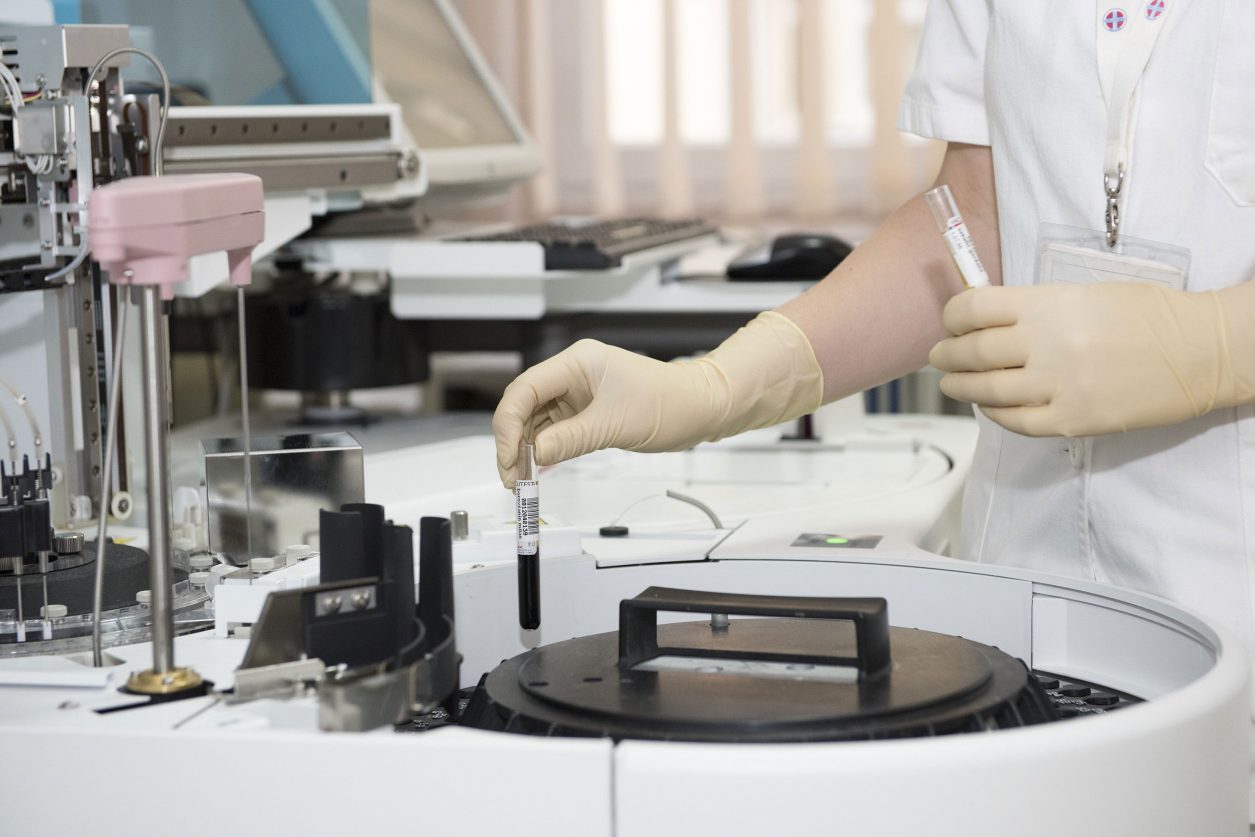More than 100 million animals are used in experiments in the United States each year. But that’s just an estimate, because 90 percent of those animals including birds, fish and amphibians, are not formally counted.
That is because the Animal Welfare Act— the only federal law designed to regulate the use of animals in laboratories— excludes them from the definition of “animals” under its legal definitions and exempts them from legal protections.
In the European Union, all vertebrates are covered by a law on animal use for scientific purposes. That law also requires the collection of information on the number of animals and species used in experimentation, where the animals originate, and for what purposes they are used.
 This information, which is EU in a public report, shows that between 2008 and 2011 the number of animals decreased by more than a half-million. The next report, including even more detail, will be published this year.
This information, which is EU in a public report, shows that between 2008 and 2011 the number of animals decreased by more than a half-million. The next report, including even more detail, will be published this year.
If the United States had similar information, scientists would know if efforts to reduce and replace animal experiments with human-relevant methods are most successful.
Working Around the AWA
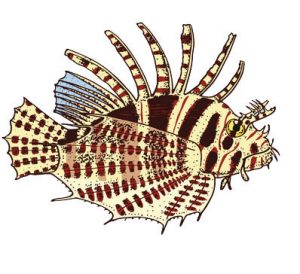 Despite the AWA’s limited definition Committee has worked with federal agencies, notably the National Institutes of Health, the Food and Drug Administration, and the Environmental Protection Agency, to reduce and replace the use of all animals used in experiments with non-animal methods that better translate to human health.
Despite the AWA’s limited definition Committee has worked with federal agencies, notably the National Institutes of Health, the Food and Drug Administration, and the Environmental Protection Agency, to reduce and replace the use of all animals used in experiments with non-animal methods that better translate to human health.
For example, an EPA policy to reduce the number of birds used in toxicity tests for pesticides was based on a guideline including recommendations from the Physicians Committee in its role as the Secretariat for International Council on Animal Protection at the Organization for Economic Cooperation and Development. Pesticides are tested on wild-caught birds, such as quail or zebra finches. The test, called an LD50, is designed to find the amount of a chemical that will kill half of the birds tested. Pesticide tests are also done on fish, mice, and rats.
Transparency in Research
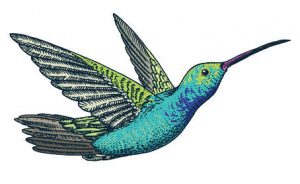 The Physicians Committee is currently co-sponsoring a California bill that would require reporting of how many animals are being used and how they are being used in order to recommend alternatives. The California Transparency in Research Act, or AB 889, would modernize and expand a statewide system in which some laboratories currently report animal use.
The Physicians Committee is currently co-sponsoring a California bill that would require reporting of how many animals are being used and how they are being used in order to recommend alternatives. The California Transparency in Research Act, or AB 889, would modernize and expand a statewide system in which some laboratories currently report animal use.
The bill, authored by Assemblyman Brian Maienschein, would define “animal” as any live vertebrate non-human animal—which includes the birds, fish reptiles, rats, and mice left out of the AWA—used for diagnostic purposes, education of research, as specified. The bill would also establish a publicly accessible online database for required reporting of animal numbers, general categories of how animals are used, and what level of pain and distress the animals experienced.
“Anyone who is serious about conducting research in the name of public health should welcome this legislation,” says toxicologist and Physicians Committee vice president of research policy Kristie Sullivan, M.P.H. “In order to improve science and fulfill our obligation to replace animals, we need to be open and honest about how animals are currently used.”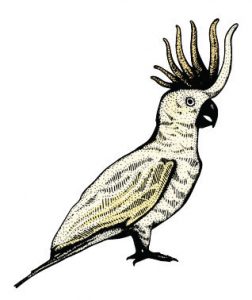
Only about one-third (approximately 115 facilities) of the state’s more than 300 animal research facilities currently report information on animal use to the California Department of Public Health under a program established in 1951. The bill would expand coverage to all laboratories that use live animals for research, testing, or the training of scientists or health care providers.
Fish and Frogs
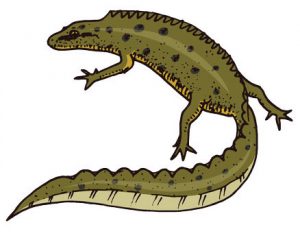 The Physicians Committee is also co-sponsoring legislation in California that would end the use of massive numbers of fish in hazardous waste tests and eliminate dissection on animals including frogs in California schools.
The Physicians Committee is also co-sponsoring legislation in California that would end the use of massive numbers of fish in hazardous waste tests and eliminate dissection on animals including frogs in California schools.
AB 733, authored by Assemblyman Bill Quirk, would require the state’s Department of Toxic Substances Control to review its acute toxicity criteria and guidelines for the identification of hazardous wastes and evaluate alternative test methods that avoid the use of fish. The bill would require the department to authorize alternative test methods.
The Replacing Animals in Science Education (RAISE) Act, AB 1586, would require all California K-12 schools to replace animal dissection with contemporary and humane teaching methods in line with industry standards and best practices.
Dissecting animals is costly, in medical simulation technology, educators’ need for better teaching and assessment tools, and growing concern about animal use in laboratory experiments have all contributed to a shift in biomedical education. Today, simulation-based learning is more widely available, more effective, and less distracting.
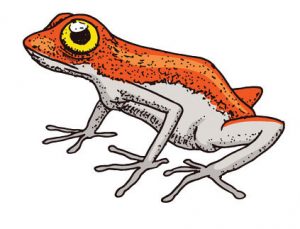 A recent survey of schools that require dissection as a part of their science curricula show that fetal pigs, cats, sharks, sheep, frogs, worms, and other animals are routinely used in large numbers. “It’s long past time for animal dissections to be replaced by modern, interactive dissection software that is far more comprehensive and a better educational tool,” says John Pippin, M.D., F.A.C.C., director of academic affairs at the Physicians Committee.
A recent survey of schools that require dissection as a part of their science curricula show that fetal pigs, cats, sharks, sheep, frogs, worms, and other animals are routinely used in large numbers. “It’s long past time for animal dissections to be replaced by modern, interactive dissection software that is far more comprehensive and a better educational tool,” says John Pippin, M.D., F.A.C.C., director of academic affairs at the Physicians Committee.
Reprinted from Good Medicine, Spring 2019, from the Physicians Committee for Responsible Medicine. PhysiciansCommittee.org
![]() Dr. Neal Barnard, MD, FACC is the founder and President of The Physicians Committee For Responsible Medicine (PCRM), 202 686-2210.
Dr. Neal Barnard, MD, FACC is the founder and President of The Physicians Committee For Responsible Medicine (PCRM), 202 686-2210.

